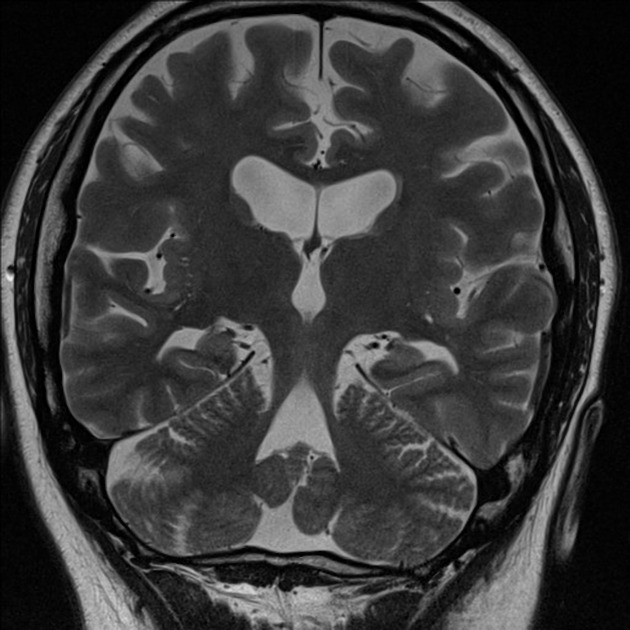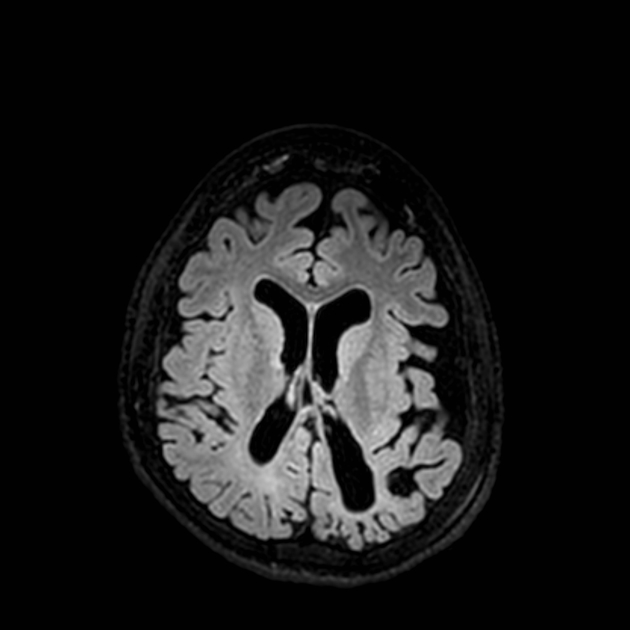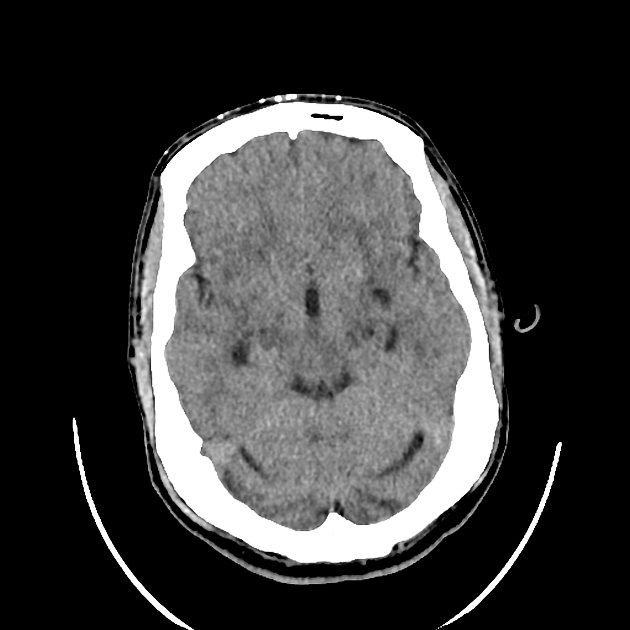Lennox-Gastaut syndrome is an epileptic encephalopathy characterized by refractory childhood-onset epilepsy accompanied by intellectual disability and psychiatric/behavioral disturbance.
On this page:
Epidemiology
Lennox-Gastaut syndrome is thought to represent 1-2% of all patients with epilepsy 6. The condition most commonly manifests between the 2nd and 6th years of life, in some cases developing from earlier onset West syndrome or Ohtahara syndrome 6.
Clinical presentation
Lennox-Gastaut syndrome is characterized by frequent drug-refractory seizures (up to 200 times an hour 4) of multiple types (e.g. tonic seizures, atypical absence seizures, tonic-clonic seizures) 6. Affected patients also commonly have intellectual disability and associated developmental delay and psychiatric/behavioral manifestations 6.
An interictal electroencephalogram (EEG) often shows a slow spike and wave pattern or generalized paroxysmal fast activity 6.
Pathology
The cause of Lennox-Gastaut syndrome is generally known in up to 75% of patients 6. The most common cause is a structural brain abnormality, but it is postulated that genetic causes may become increasingly recognized 6.
Radiographic features
MRI brain should be obtained to evaluate for an underlying structural etiology 6.
Treatment and prognosis
Management is with antiseizure medications, usually requiring multiple agents in combination 6. Palliative surgical approaches are often considered, such as vagal nerve stimulator placement or corpus callosotomy 6.
History and etymology
It is named after William G Lennox (1884-1960), a US neurologist, and Henri Gastaut (1915-1995), a French neurologist 4,5.







 Unable to process the form. Check for errors and try again.
Unable to process the form. Check for errors and try again.